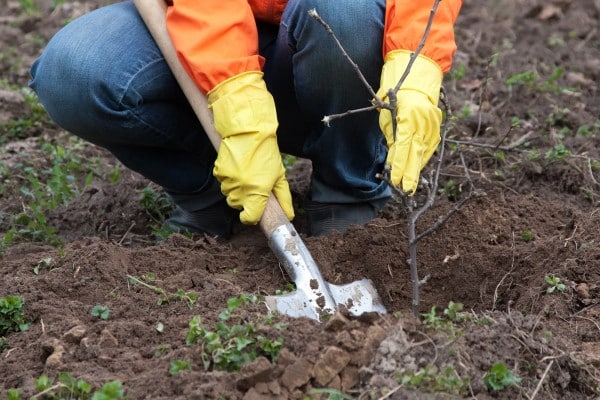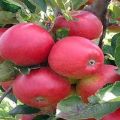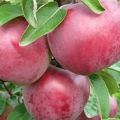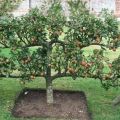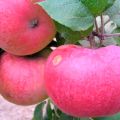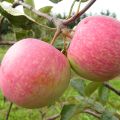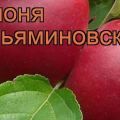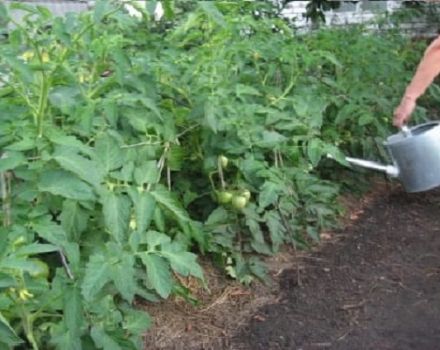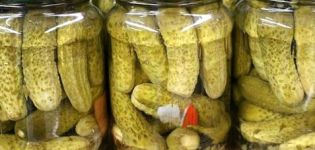Description of the apple variety Young naturalist and regions of cultivation, history of selection
Apple - this fruit has been known for millennia, it is a storehouse of vitamins and just a very tasty fruit, which is lovingly loved in Russia and is grown almost everywhere. There are different varieties of apple trees, fruits differing from each other - everyone will find the optimal treat for themselves. The apple variety Young Naturalist is grown in the Middle Polos, bears excellent fruit in the Moscow region, has spread to the Volga-Vyatka region, and is suitable for industrial cultivation.
Description
Growing up to 4 meters in height, apple trees have a rounded dense crown with branches located almost horizontally to the trunk, light brown shoots, dark bark. The branches whip under the weight of the fruit.
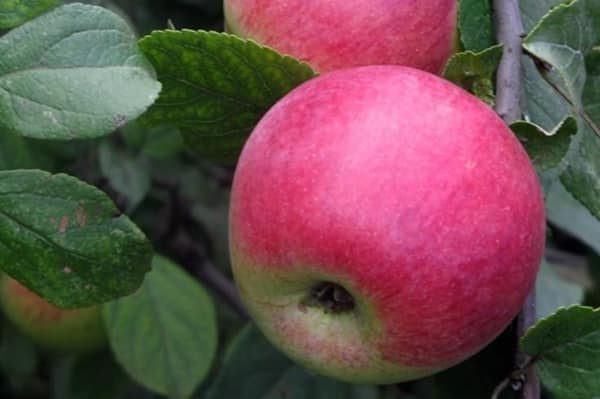
The leaves are small, dark, with veins; in adult trees they are slightly pubescent on the seamy side.
Fruits - up to 130 grams, greenish-yellow, with a bright red, slightly striped filling. Stored until December, transported without loss of marketability. The young naturalist belongs to the middle-late varieties, the harvest is harvested in the last decade of September.
According to the description, a varietal tree brings up to 100 kilograms of juicy, sweet and sour apples, which are good natural and excellent for processing (drying, making jam and jams, squeezing juice). The Yunny Naturalist apple tree is often the choice of horticultural farmers.
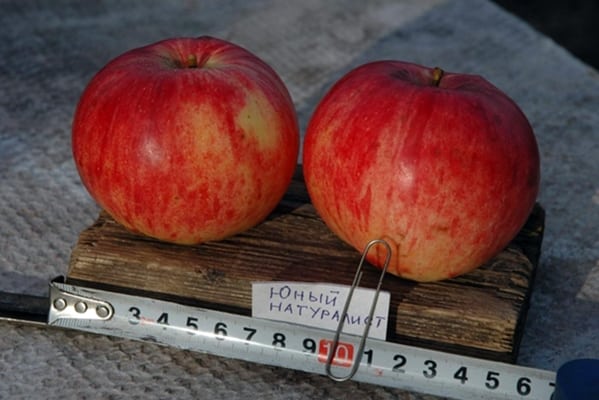
Breeding history of the variety
Yablonya Young Naturalist is a success of Russian breeding. The variety was obtained in 1935 by the staff of the Michurinsky Research Institute. The progenitors are the varieties: Winter and autumn Cinnamon striped Wellsey, the Young Naturalist or Yunnat, as this apple is also called, received an experimental crossing. Sergey Isaev was in charge of the project.
Advantages and disadvantages
Seedlings should be purchased from trusted suppliers and be sure to check the documents for the plants when buying.
The advantages of this variety include:
- the ability to give high yields;
- the early onset of fruiting (already 3-4 years old);
- cold resistance;
- practically not affected by scab.
It is these qualities that made the variety Young Naturalist popular among gardeners. There are few disadvantages: the periodicity of the yield, which is typical for most apple varieties, and the crushing of fruits at high yields. To avoid this, carry out regular pruning and do not forget to fertilize the tree.

Winter hardiness and disease resistance
The young naturalist belongs to the best winter-hardy varieties. An adult apple tree is quite capable of surviving a rather harsh winter.The young naturalist grows well and bears fruit in the Middle Belt and more northern regions.
It is not susceptible to scab disease, ailments and pests from which the apple tree needs to be protected include:
- Apple blossom beetle. The brown-brown beetle damages apple and pear trees by eating flowers and young leaves. Able to completely destroy the crop. Timely pruning, removal of dry foliage and entrenching reduces the chance of spreading. For protection, the tree is sprayed with an insecticide (Atkara; Angio 247 SC) at a time when the buds are just beginning to bloom. In this case, the manufacturer's instructions should be strictly followed. Protective belts can be used.
- Fruit moth. The pest destroys young apples from the inside, protective belts are used to combat it, butterflies are caught using fermentation solutions (beer, kvass, compote) - they are hung on a tree and attract insects. In extreme cases, insecticide spraying is performed.
- Sawyer - to combat this pest, the apple tree is treated with karbofos.
Timely removal of dry branches, pruning of bark, whitewashing of trunks and digging in trees - all this is done to keep the apple trees healthy and fertile.
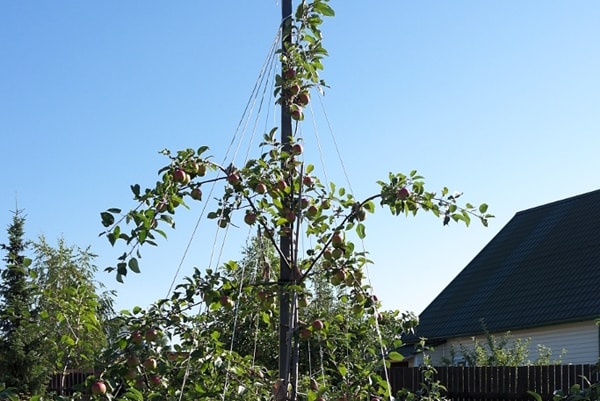
Fruiting and ripening
Begins to bear fruit 3-4 years after planting. If the tree is not fertilized, do not take care of the seedling after planting, the waiting time for fruits increases significantly. The apple tree needs additional pollination. Medium and late varieties are suitable for pollination. Blooms in the Middle Strip at the end of May-June.
Harvesting is carried out from the last decade of September to early October. The harvested crop is well stored in a cool dry place until December. Apples for storage should be sorted out and carefully folded into boxes. A clean and dry wooden or plastic container will do.

Distribution regions
Yunnat conquered the gardeners of the Moscow region, captured the Yaroslavl, Tula, Oryol, Ivanovo regions. Since 1993, it has been included in the Register of varieties for zoning in the Volga-Vyatka region, due to its frost resistance.
Today, the Young Naturalist on a dwarf rootstock is becoming more widespread. Such an apple tree requires less space (trees are planted at a distance of 1.5 meters from each other), the crop from a 2-3 meter tree is harvested without problems and often, even without using a ladder. Fruits from a low tree practically do not crumble and, even after falling, do not break and do not lose their presentation. The superficial location of the roots makes it possible to plant small trees even in areas with a close occurrence of groundwater.
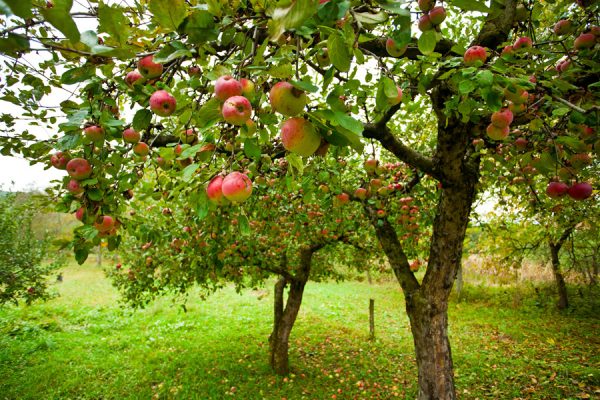
The disadvantages include the need to build additional supports for the trees (due to increased fragility) and to intensively protect the apple trees from pests.
When choosing a seedling, it is necessary to ensure that the variety is zoned, and the specimen itself has well-developed roots and 4-5 branches of the crown.
If the tree is properly cared for, the Young Naturalist will pay off with a high yield.
